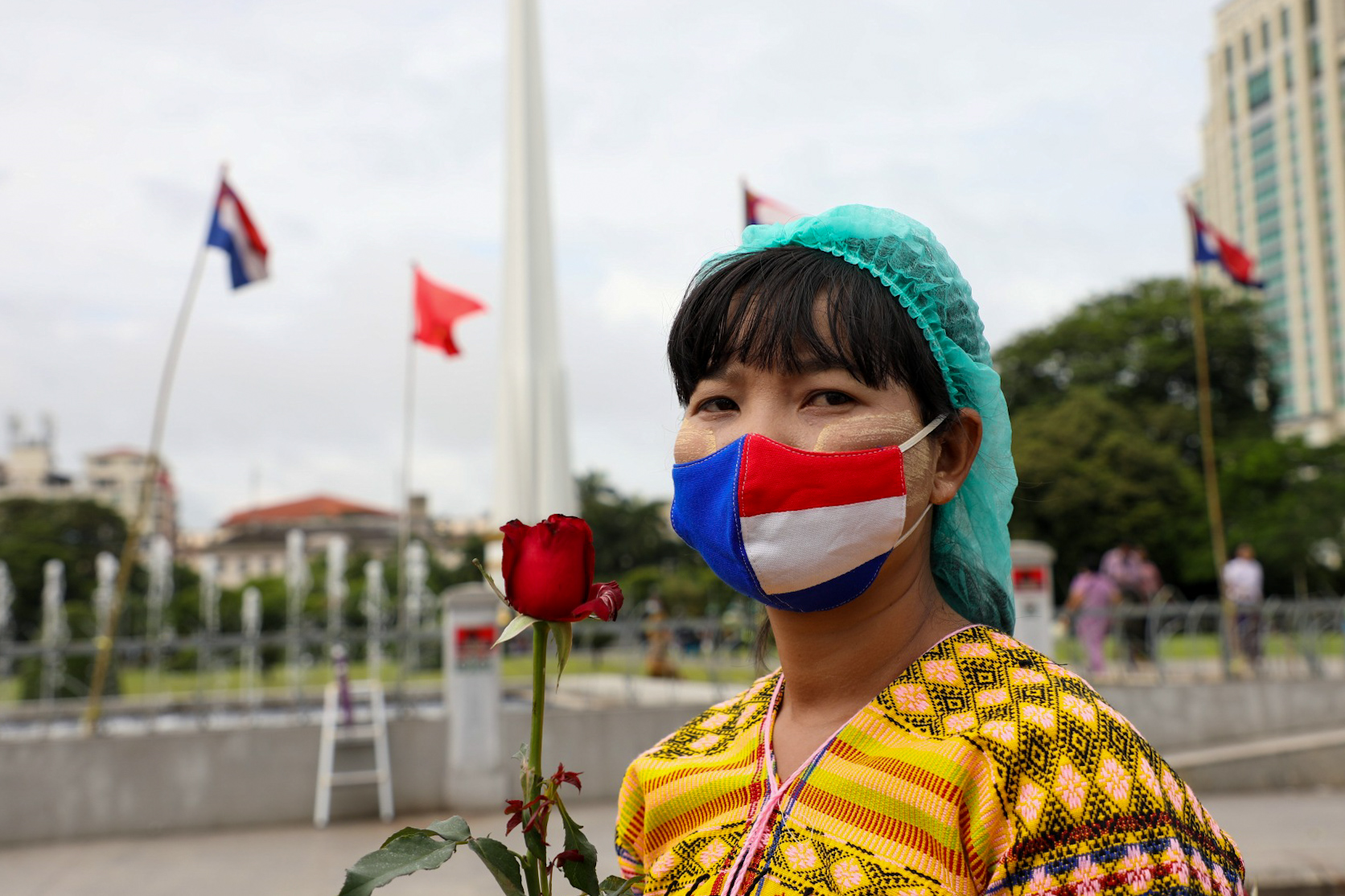In 1886, Myanmar (then called Burma) came under British control. From the earliest days of colonisation, there was a strong feeling of resentment against the rule of the British.
Just before the outbreak of World War II, there had been some moves towards autonomy in 1937, when Burma became a separately administered colony of Britain, with Ba Maw appointed as the first Prime Minister and Premier of Burma.
Following the end of World War II, the Panglong Agreement was reached on February 12th 1947, which paved the way for the unification of Burma as an independent state.
An interim government was formed with General Aung San (whose daughter is Aung San Suu Kyi) as Prime Minister.
On July 19th 1947, gunmen went into a cabinet meeting that was being held at The Secretariat in downtown Yangon and shot dead Aung San and seven other key leaders of the interim government. The assassinations were planned by a political rival, U Saw. Within a few months, U Saw was found guilty and executed.
Burma gained its independence from British colonial rule on January 4th 1948. The Secretariat was used as the seat of the first independent Burmese government.
Aung San who is affectionately known by the single reference, Bogyoke (meaning “Major General”), is remembered as the driving force behind the movement which saw the Union of Burma achieve independence.
